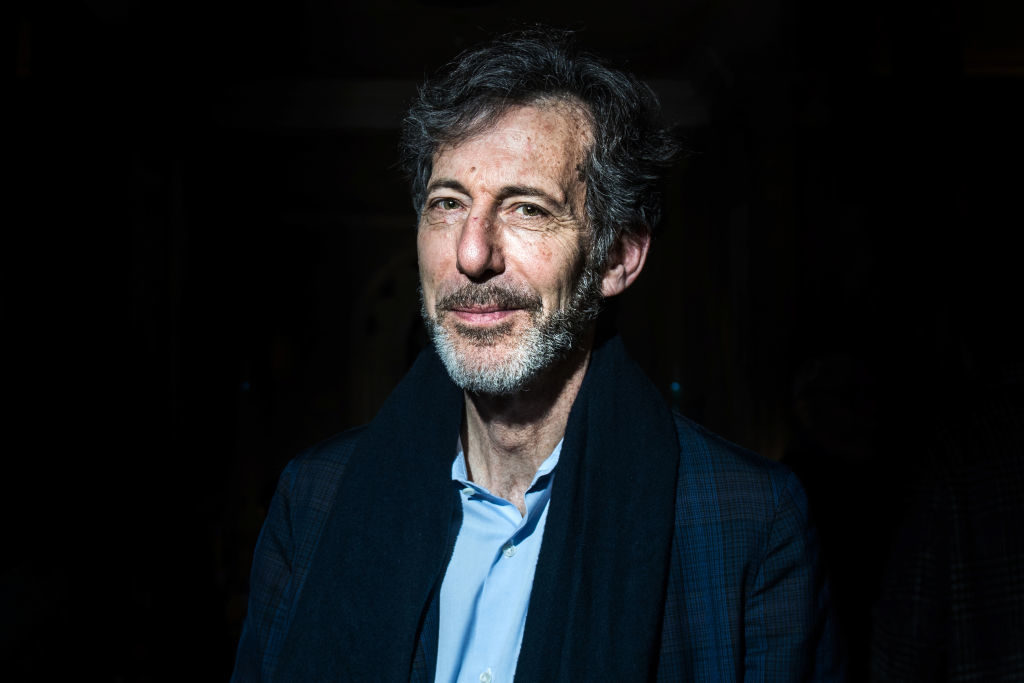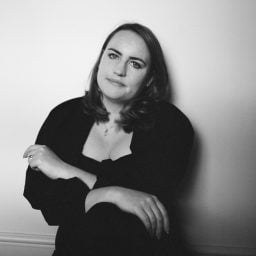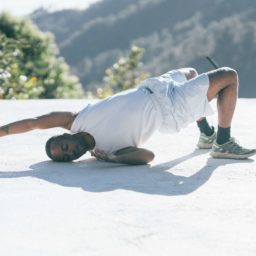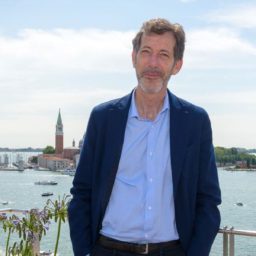This morning in London, the curator of the Venice Biennale’s main exhibition, Ralph Rugoff, lifted the veil on a few key details behind his plans for the 58th edition of the prestigious exhibition.
Reflecting the times, fake news and dividing walls will be recurring themes, and every artist in this year’s show (the list was released yesterday) is alive and working, which will give the show a contemporary feel. And although Rugoff says it was incidental, it is still notable that women outbalance men this year. (The biennale’s president, Paolo Baratta, added that this is also the first year that the national pavilions will have gender parity.)
But the most noteworthy change in Rugoff’s list is how few artists will be included compared with years past. In 2015, Okwui Enwezor invited 136 artists; that number dropped to 120 two years ago under Christine Macel. Rugoff’s lineup of 79 artists (83 if you count those in pairs) is significantly smaller. In London, he explained that from the beginning, he wanted to work with fewer artists to give each one more space and to encourage viewers to more fully focus on their works.
Significantly, each artist will present in each of the show’s two venues, the Giardini and the Arsenale. According to Rugoff, this means there are really two main exhibitions, which he calls “Proposition A” and “Proposition B.” Each artist will present a different kind of work in each venue, so that there will be two drastically different atmospheres, Rugoff says. Ideally, viewers should not be able to guess that the two shows come from the same group of artists.
Also different this year will be the visitor experience. Rugoff is working with architect Nikolai Delvendahl on the design of the exhibitions to create a new way of traveling through each space. The long narrow path through the Arsenale, in particular—which the curator says “can end up sometimes feeling like the march of death by the time you get to the end of it”—will be interrupted by architectural interventions, including walls made with transparent fabric.
Walls will be a recurring motif: Teresa Margolles will exhibit a wall riddled with bullet marks taken from a high school in Ciudad Juárez, Mexico, a region blighted by drug violence. Lawrence Abu Hamdan’s 2018 project Walled/Unwalled will also be included.
Another focus will be the rise of fake news and the emergence of “alternative facts.” This comes through in the title of the exhibition, “May You Live in Interesting Times,” which has been framed as an ancient Chinese curse. In fact, as Rugoff learned, it is actually a fiction conceived by a British diplomat that has since been repeated by politicians such as Robert F. Kennedy and Hillary Rodham Clinton and writers such as Arthur C. Clarke.
Of course, walls and “alternative facts” conjure up the sitting US president. Although there will be no images of Trump in the show (“I’m tired of seeing his face as it is,” Rugoff says), he will be invoked indirectly. “His presence will be, in a way, haunting the biennale,” the curator says.
But Rugoff says the works on view will be “multivalent, richly ambiguous, and generate many associations.” His goal is to ask open questions, rather than topush one narrative.
“I think one thing that opponents of President Trump have learned the hard way is that attacking him directly only seems to make him stronger,” Rugoff says. “Articulating a counter offer instead, is another option, which I hope is the path this biennale is taking.”









